Improving Employee Performance Through Positive Leadership Skills
VerifiedAdded on 2023/05/30
|10
|859
|174
Presentation
AI Summary
This presentation explores the concept of positive leadership and its practical application in improving employee performance and engagement. The presentation begins by defining positive leadership, highlighting its affirmative bias, focus on facilitating the best human condition, and emphasis on virtuousness, supported by research from various authors. It then outlines the benefits of positive leadership, such as cultivating relationships, fostering innovation, and reducing employee grievances, followed by actionable ways to implement these principles, including kindness, integrity, and objectivity. The presentation also details methods to improve employee performance, such as providing feedback, encouraging open communication, and rewarding risk-taking. A key component is a skill development activity involving team-based challenges to enhance leadership skills. The presentation concludes by summarizing the benefits to both employees and the organization, including increased productivity, innovation, and profitability. References to supporting research are included.
1 out of 10
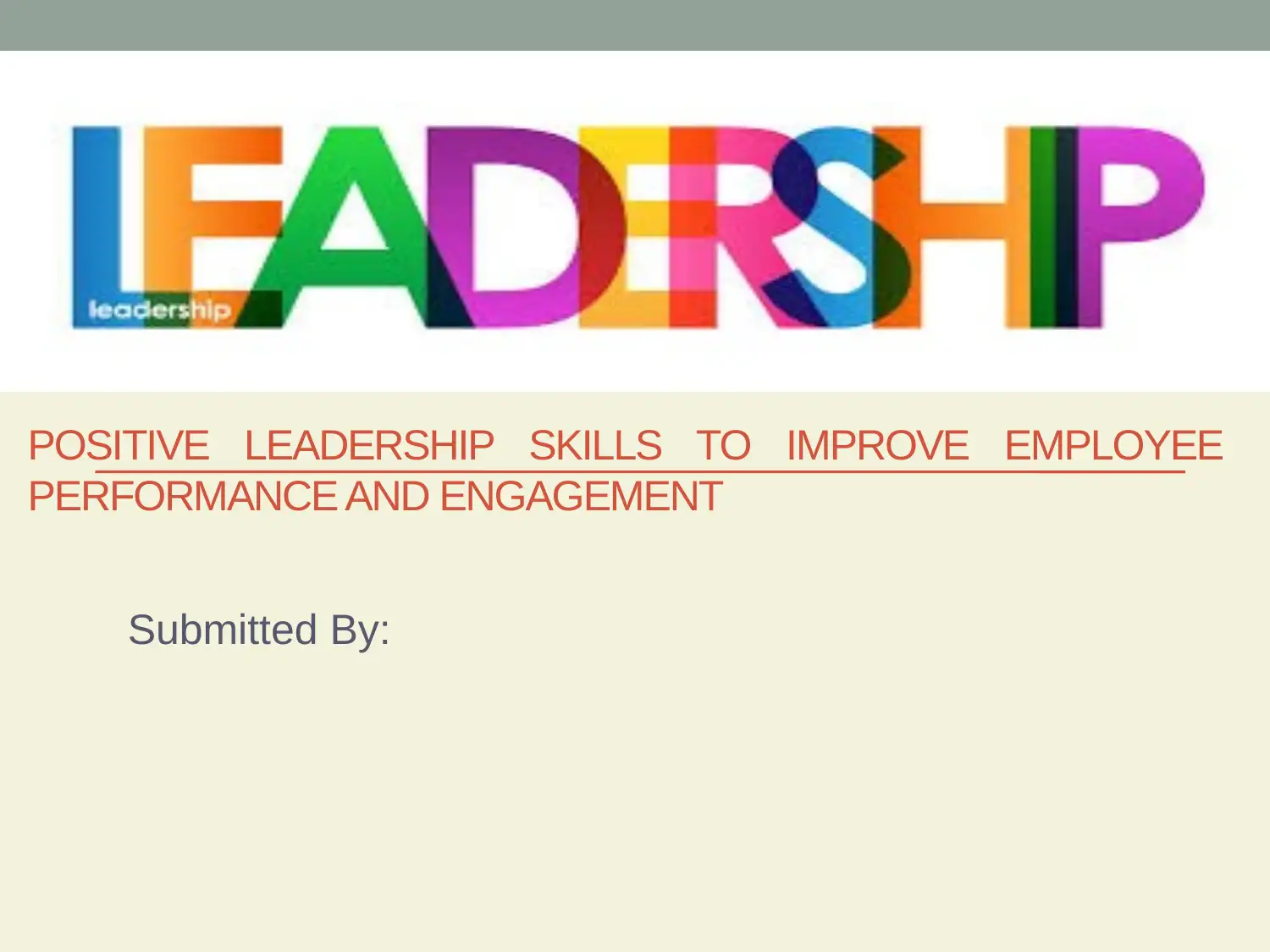
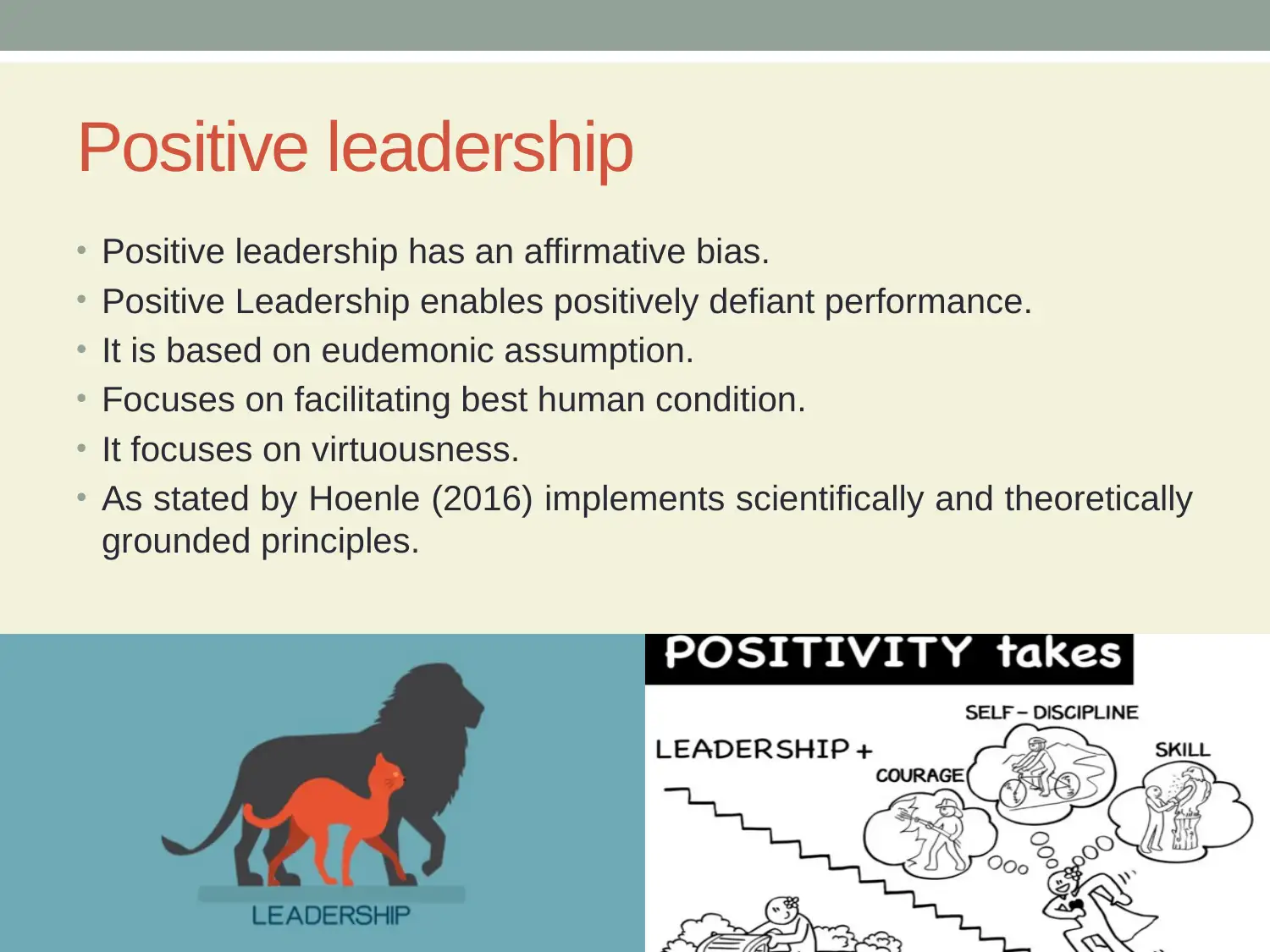
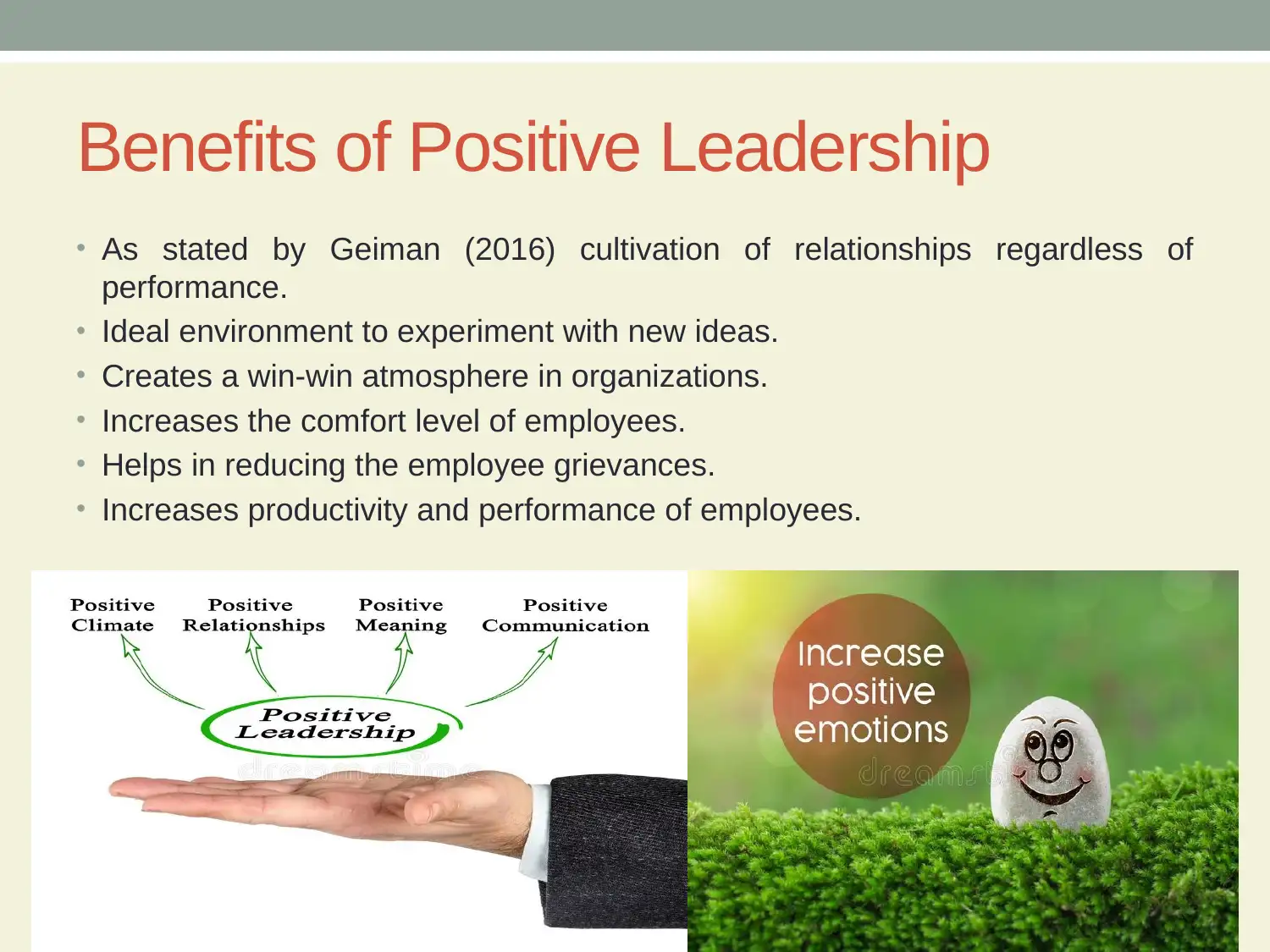

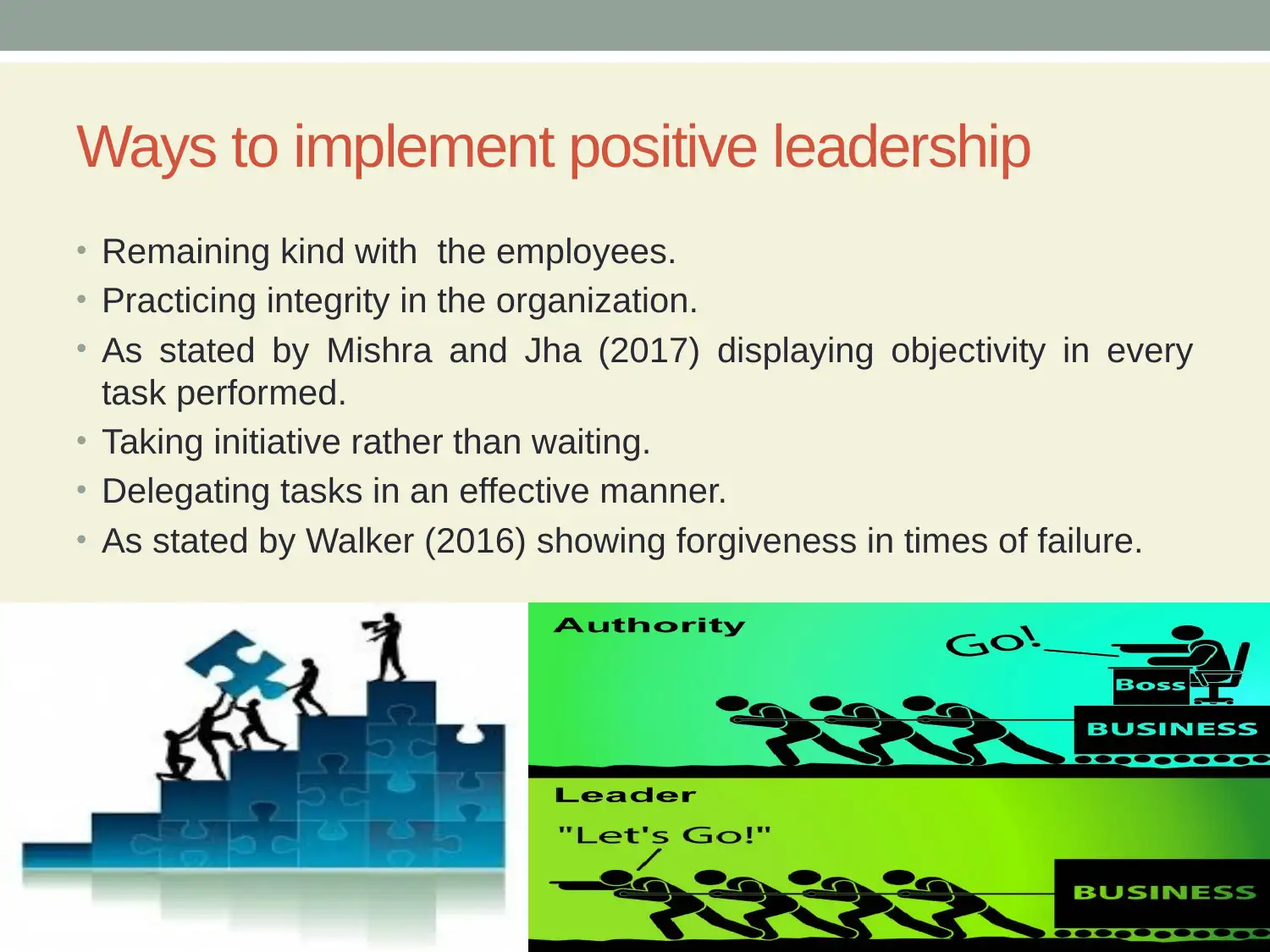
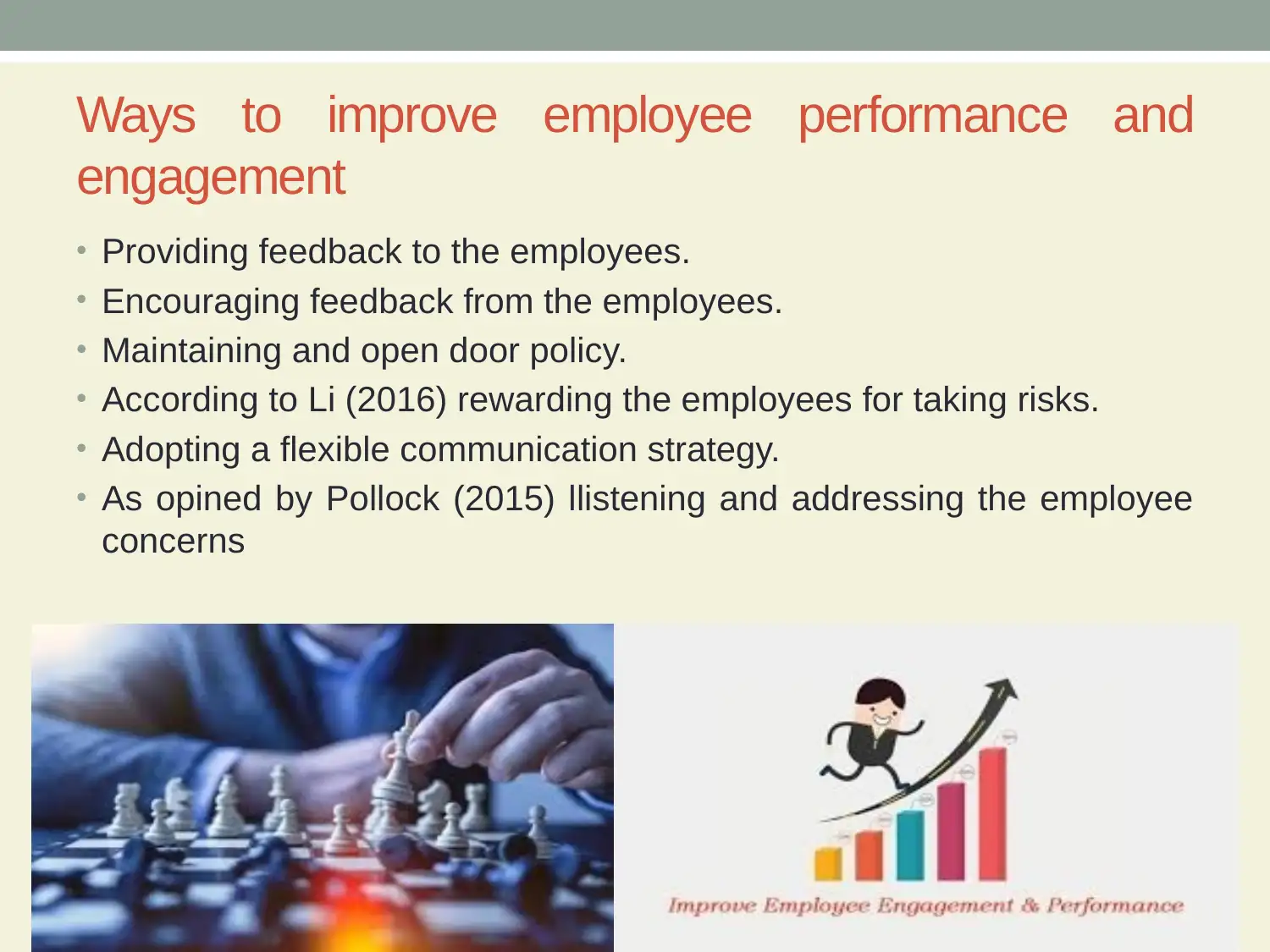
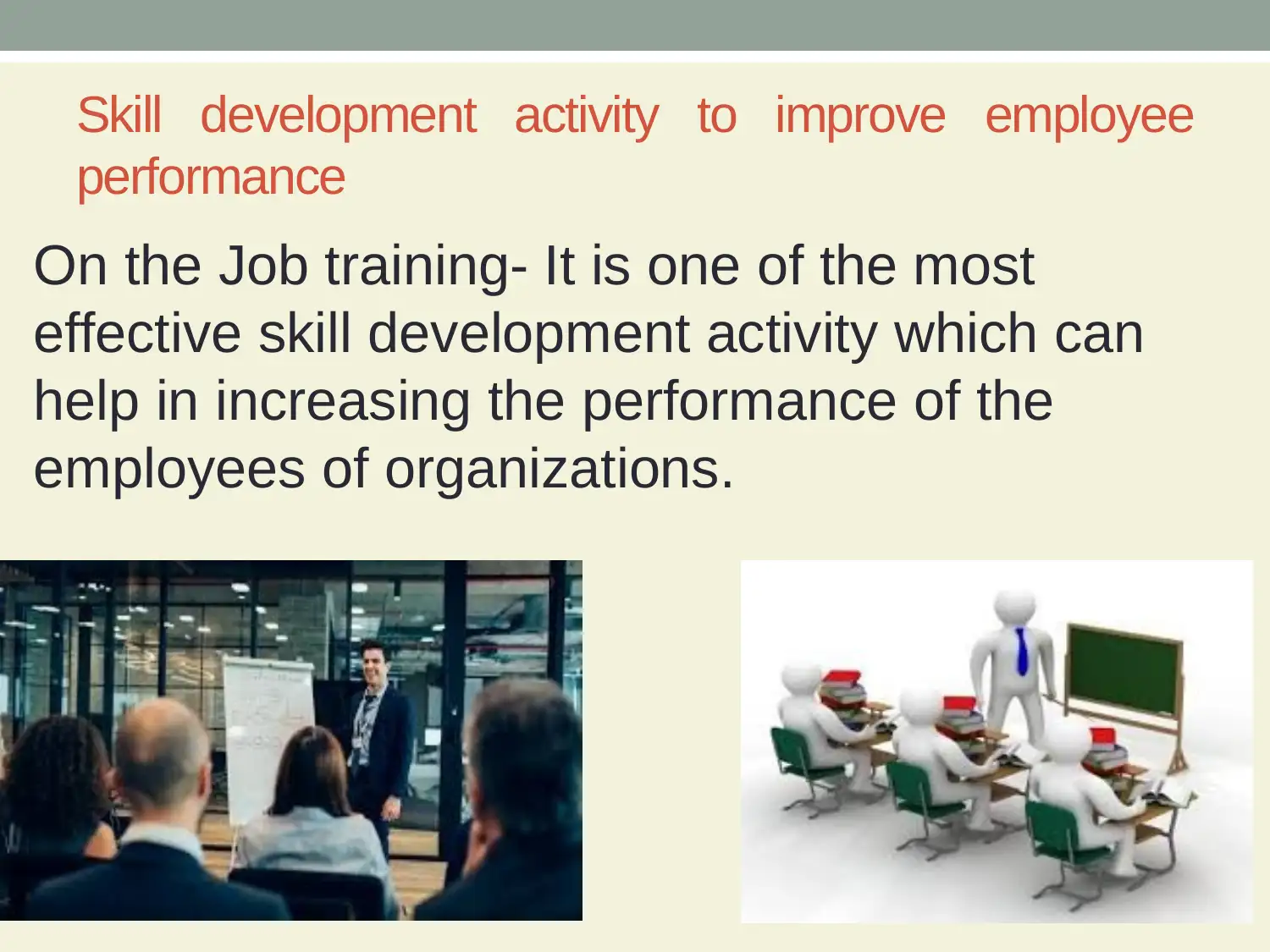
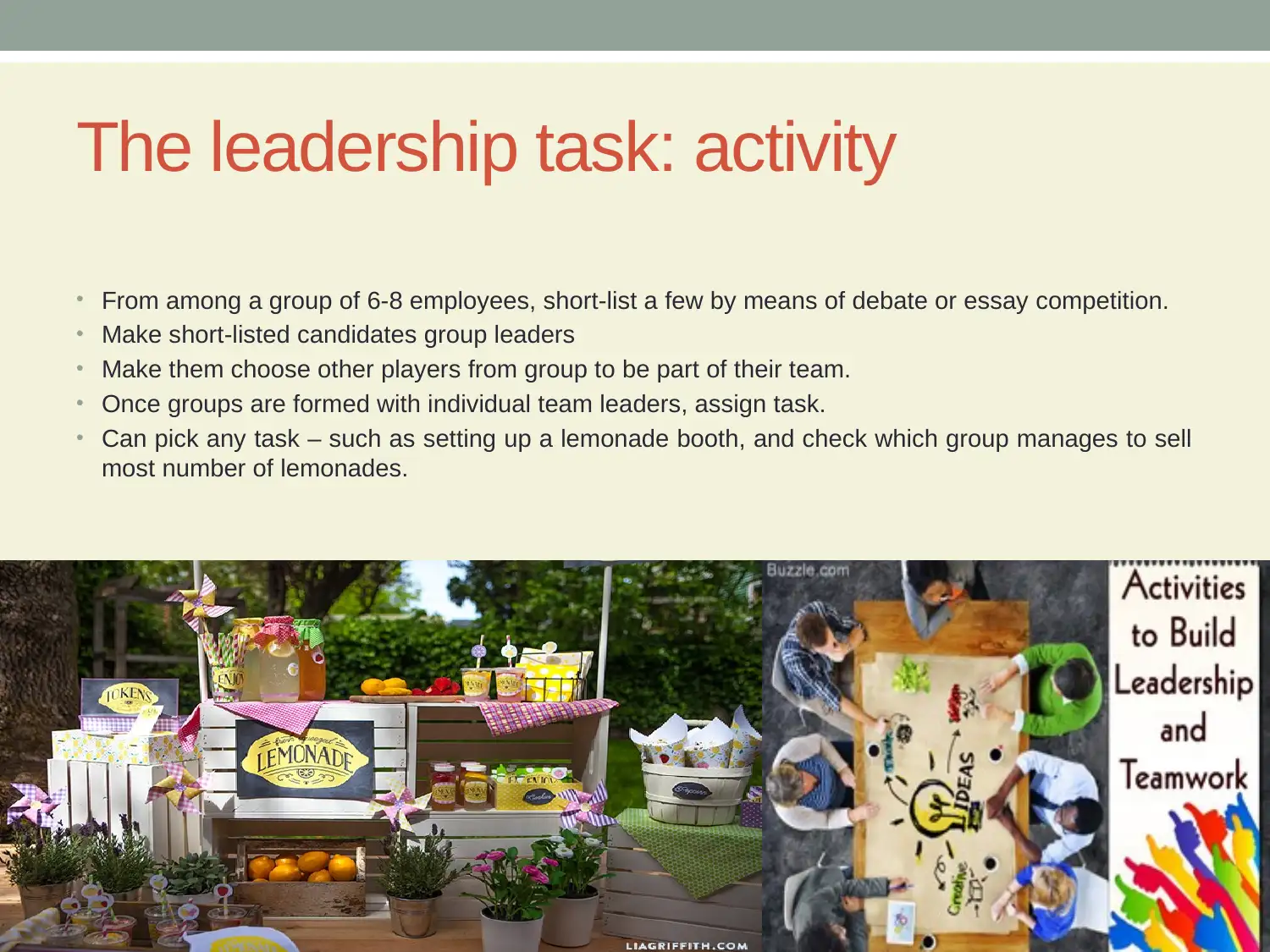
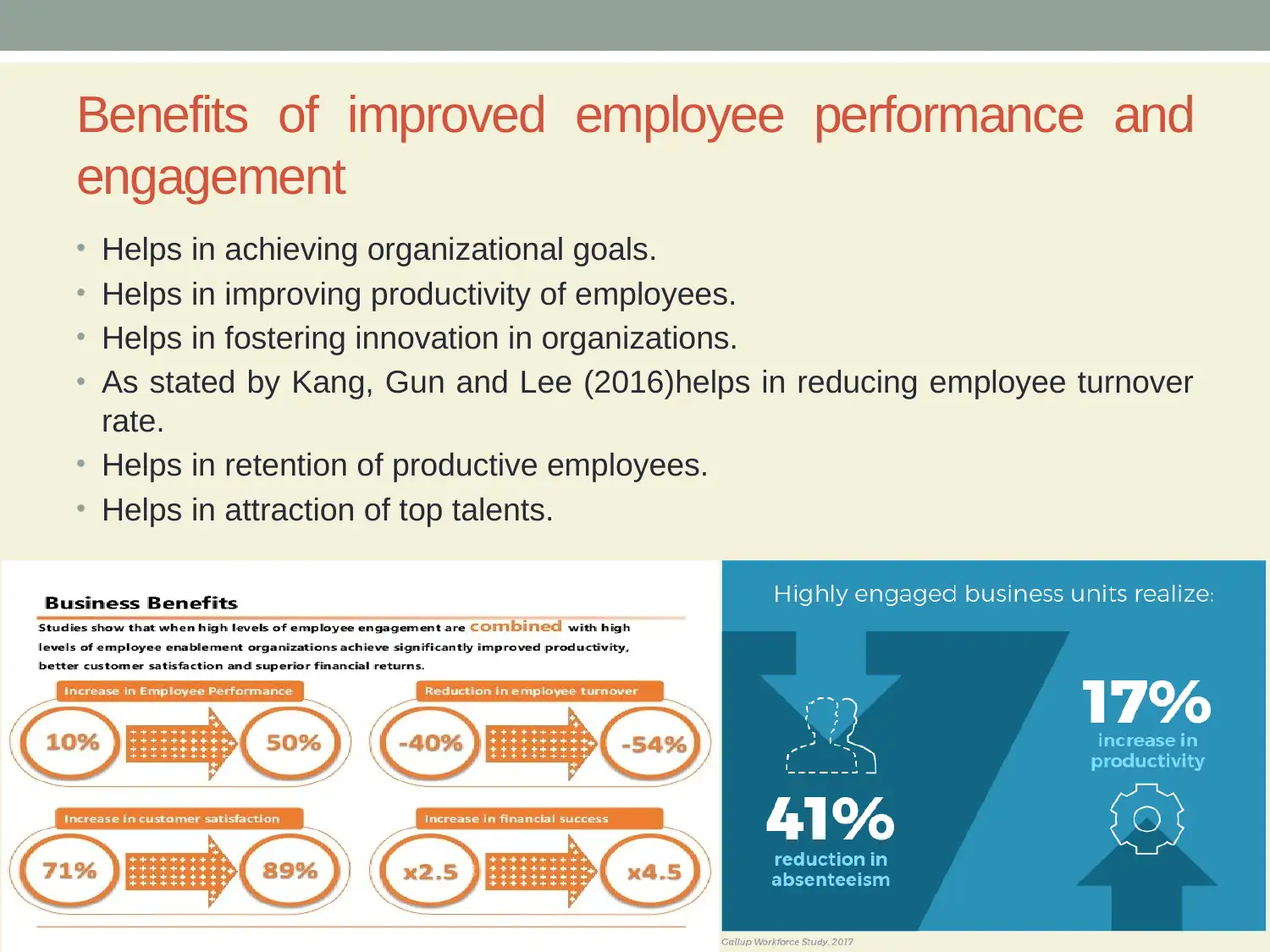
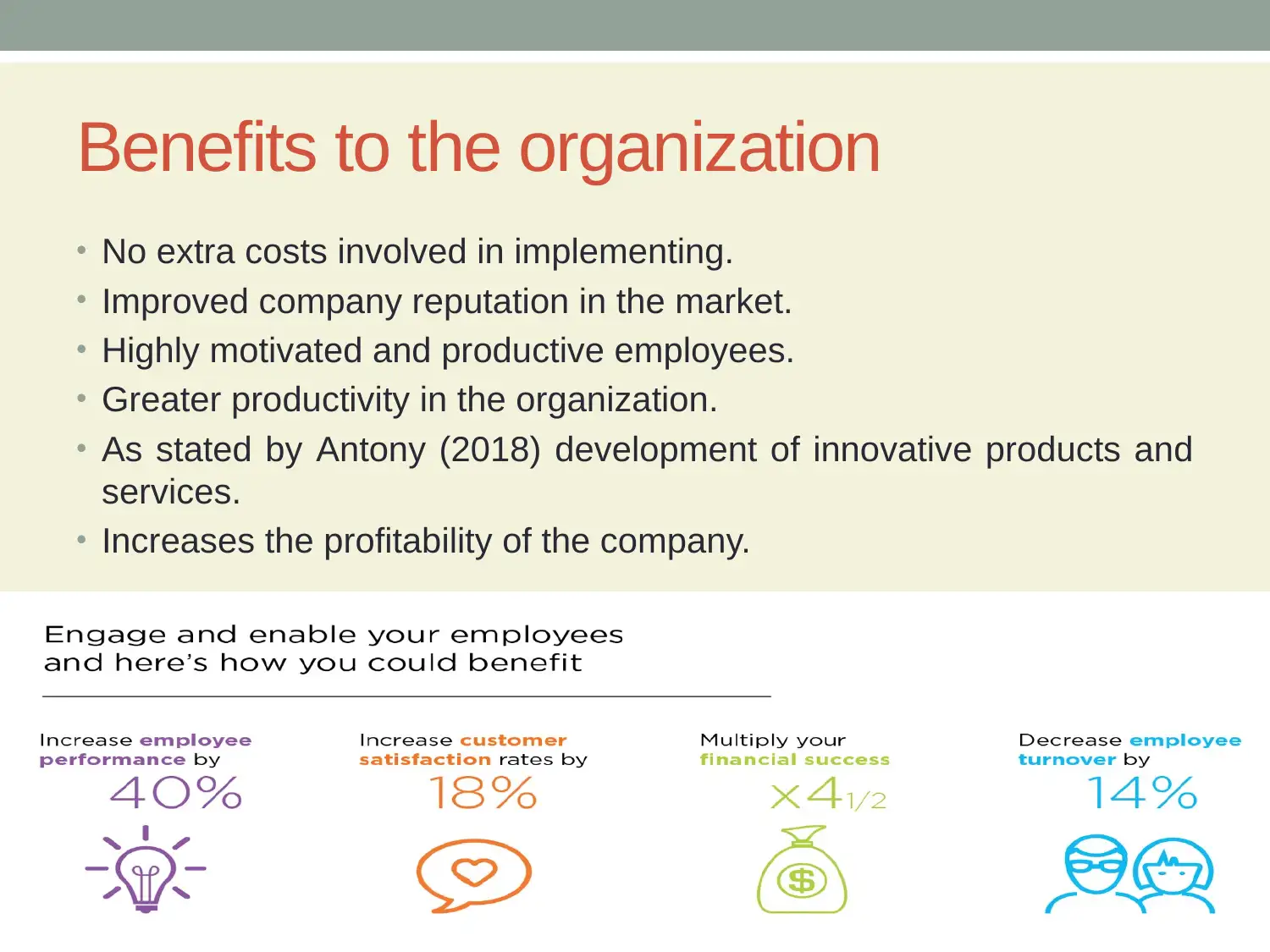
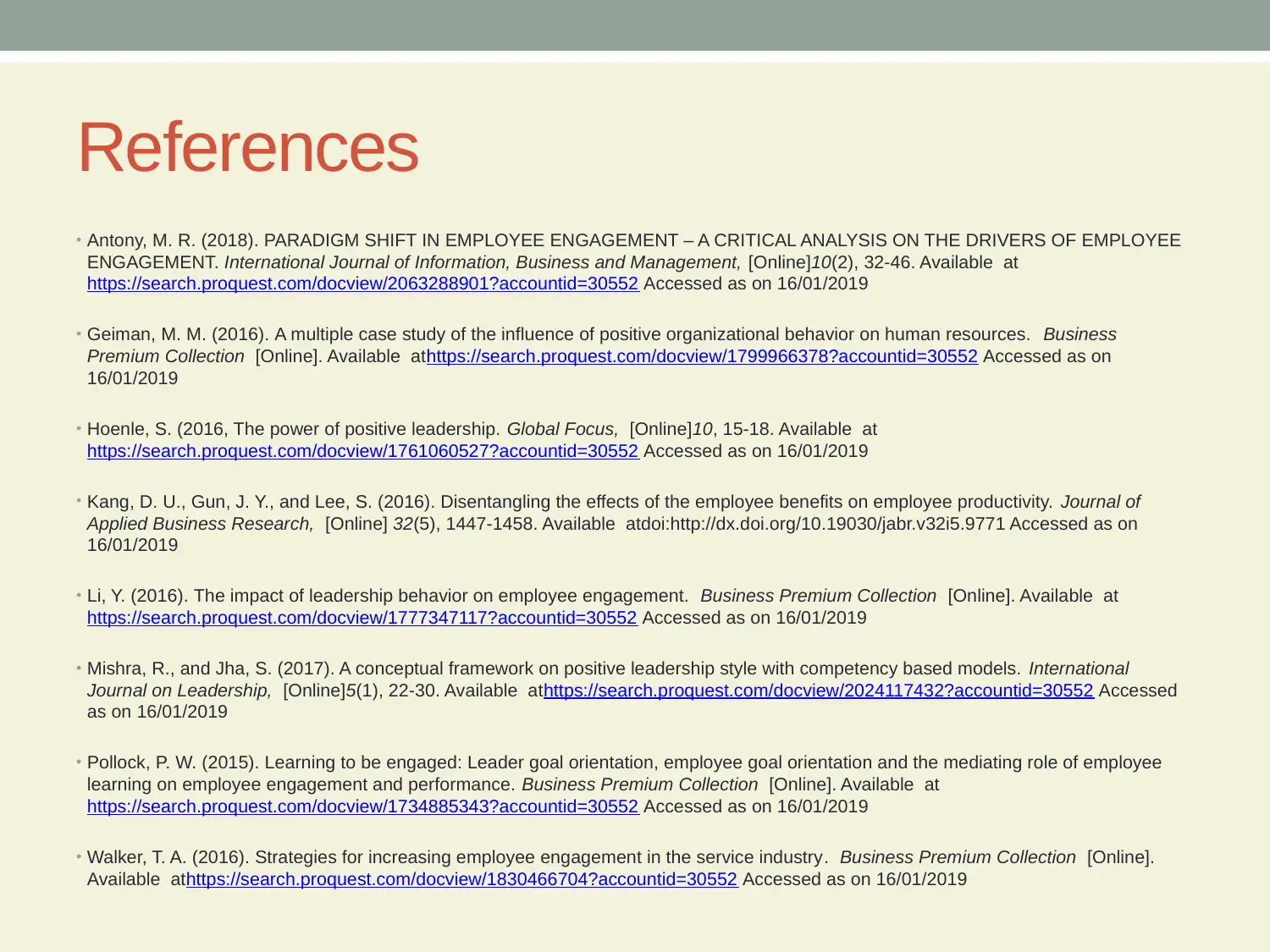





![[object Object]](/_next/static/media/star-bottom.7253800d.svg)